“I get no respect!” complained the late great Rodney Dangerfield, famously encapsulating a common feeling in a short, direct sound byte that lives on far past the man who first uttered it. As it applies to everyday life, so too is respect a finicky companion in the music business. Gothenberg, Sweden – or Göteborg, as it is properly spelled – was to Death Metal what the primordial seas were to the birth of life on Earth. A soup of unformed ideas, as nutrient-rich in musical talent as those waters were teeming with organic compounds, the early 1990’s saw an explosion there that became an institution in the canon of Extreme music. Enter Dark Tranquillity, one of the earliest and most important ancestors of this aural phenomenon.
Formed back in 1991 by Mikael Stanne and Niklas Sundin, the guitar duo recruited one Anders Fridèn for vocals, and were rounded out in those early days by Anders Jivarp on drums and Martin Henriksson on bass guitar. In those days, the second wave of Black Metal was exploding out of Norway and infecting many other places, while American Death Metal (Obituary, Morbid Angel, Death, Deicide) had been replacing Thrash Metal as the go-to darling of the record labels. Little did the world know, but these special lads from Sweden were content with neither of these incumbent expressions of sound. Instead, they were on the cusp of blending the ferocity of that Death Metal with the silken leads of the Iron Maiden variety, the wicked trem picking of Black Metal, and an otherness comprised of equal parts melody and heaviness. The result would turn the Heavy Metal world on its ear for good and all.

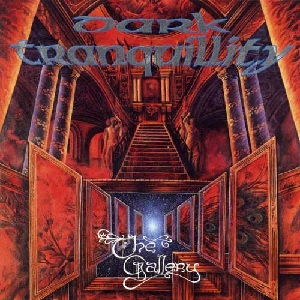
Following the release of their debut album, Skydancer, in 1993, Mr. Fridèn would depart to front style-mates In Flames, and Stanne would assume vocal duties. His guitar position would fall to Frederick Johansson, and the band would release The Gallery in 1995. The early days of the band showed a collective fairly brimming with ideas, so much so that those early works displayed a frenetic pace of leads, leads, and more leads, atop wild vocals and a whole lot of speed. The headiness of this period would sort itself out to a slew of late 90’s, early 00’s releases that would see the band incorporate full-time Keyboardist Martin Brändström into the fold, but would see them maintain a consistency of sound and a focused vision unaffected by what anyone else seemed to be doing.
The end of the millennium was seeing a lot of change in the guard of Metaldom, as bands once known for a particular brand of non-commercial heaviness (eg. My Dying Bride, Kreator, Paradise Lost, Sentenced, Moonspell, Theatre of Tragedy, Amorphis) were pouring on the keys, clean vocals, and Gothic undertones they had once avoided. Black Metal was leaking its dusky ink into the waters of the mainstream a la Cradle of Filth and Dimmu Borgir, while more experimental genre splicing (eg. Satyricon, Moonfog label black metal, Emperor’s IX Equilibrium album) was expressing the restlessness that a lot of founding father musicians were feeling at the advent of the 2000’s. Dark Tranquillity, in the midst of all of this, released Projector in 1999. Perhaps caught up in the experimental boom of the time, Stanne saw some of his Depeche Mode influences come up in some of the clean vocal arrangements. Rather than weaken the overall product, the vocal trade-off melded perfectly with the Melodic Death Metal the band was captaining. The use of female vocals in places on the album also went down very well – remember that at this time female vocals sprinkled throughout albums was HUGE. Dark Tranquillity was seamless about it, arguably more so than other bands of the time.
The aforesaid In Flames, who share not only a member or two (Anders Iwers played bass guitar in both In Flames and Dark Tranquillity), were at the pinnacle of their own mountain in ’99, having released the immortal Colony album that same year. Career paths being what they are, In Flames would go on to experience greater and greater success, especially stateside. The important distinction here is that this is the point where the career paths of In Flames and Dark Tranquillity diverged. Not just these two, but bands like fellow countrymates Soilwork as well.
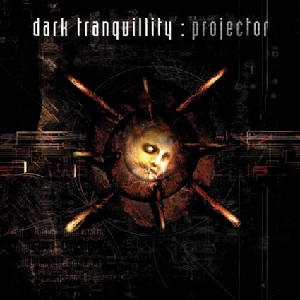

Fast forward to 2005 and, by now, In Flames had accomplished two things. The first was their tremendous amount of success, charting and selling 100,000 albums in the United States, and the second was the material they were producing, which now bore only a passing resemblance to that ferocious, melodious Death Metal of the 90’s. Dark Tranquillity, at least in the states, and more likely in other markets too, had become sort of a little brother when stacked up against In Flames and even Soilwork. What were Dark Tranquillity doing then? Well, one listen to 2005’s Character album answered that question; flying the flag of Melodic Death Metal in unapologetic and defiant fashion. “The New Build,” first song on that album, begins with a blast beat, need anything else be said.? Were they stagnating, one might ask. Were they failing to grow as artists while bands like In Flames bravely sought new shores? If one is being honest, it is hard to defend the argument that Dark Tranquillity were doing anything other than creating even more energetic and beautiful music in the genre they helped birth. The songs themselves proved that there was so much more life left in the Melodic Death Metal universe some of these other bands were leaving behind for trendier shores of Nu-Metal and the emergent genres of Metalcore and Groovecore.
In the circular world of Heavy Metal, that which is cosmopolitan now may fade, and that which has been seen as out of fashion often comes storming back. Like the fixed Earth of the ancient geocentric model of the universe, Dark Tranquillity remained steadfast and true to the vision they began so many years ago, making album after album according to their own muse, regardless of what happened to be orbiting around them. This is not to paint them as some retro act looking, posturing, and sounding specifically like they had mired themselves in one particular period in time. The music was progressive, their image and logo streamlined for this ultra-modern era we live in, and yet Dark Tranquillity’s heart still beat with the Gothenburg pulse. The proof was in the albums, as 2007’s Fiction resonated with the stamp of modern production values that still allowed the songwriting to do the talking. The use of growled vocals remained at the forefront, Stanne’s enunciated rasp managing to straddle the line between ugly and beautiful, while also managing to straddle the decades as well. In their razor-sharp compositions, their twin guitar harmonies, and in the speedy thunk of blasting snare, one could still hear the passion of those young kids from southwestern Sweden. Not the artificial, ill-conceived hype of a veteran band latching on to some passing trend, but the genuine respect for and love of the scene from whence they came.
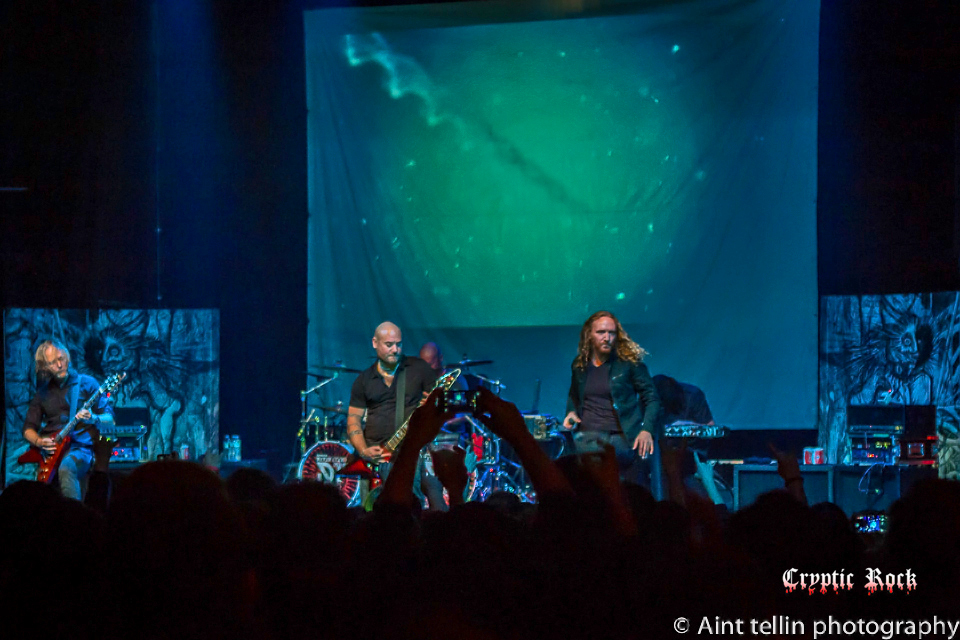
As Dark Tranquillity passes their 25th year of existence, their journey leads them to the release of their eleventh studio album, Atoma. Will their commitment to excellence within Melodic Death Metal change? Fans old and new may rest assured that Stanne, Sundin, and company have once more dipped into the well of inspiration and found the waters as deep and pure as they always have been. Recorded, mixed, and mastered right in their home country, Atoma drips with the steely, yet dreamlike compositions which have been transporting Dark Tranquillity into the hearts and minds of their faithful for over two decades.
Lyrics once more in the poetic vein, titles like “Faithless (By Default)” hint at the reflective and moody poetry that accompanies the hard charging content of the tunes themselves. Age and experience may smooth out some of the hardest knife edges, but underneath the surface burns rage of the simmering kind; the men who deliver the music have been around the scene for so long, their grip on their Death Metal so complete, fans need only immerse themselves to understand what good hands they are in. Atoma delivers as strongly as the albums which came before, generating its own whimsy, its own fury, and providing enough of an adrenaline shot to keep even the most exuberant fans happy. Videos for the title track, “The Pitiless,” and “Forward Momentum” show a band still hungry and questing, with the later video as cinematic and beautifully shot as the song itself is carefully honed and presented.
Although some bands from the same area may shift more albums or garner more media attention, Dark Tranquillity has not only walked their own path, they have inspired a hell of a lot of their contemporaries as well. The innovation of their sound has launched the careers of many a band, foremost among them being Killswitch Engage, Omnium Gatherum, and Insomnium. Dark Tranquillity are always growing within their sound, and the results here in 2016 are as catchy, satisfying, and strong as they were all those years in the past. In a 2015 interview when asked about Dark Tranquillity’s influence on other bands, Stanne told CrypticRock, “We realized all of these new bands were taking influence from us. We thought that is weird, but it is also cool. There was a lot of imitation going on, or I felt some bands were not being original enough. They were just trying to redo what other bands had done before. I did not really like that. When these different bands came up, where they drew inspiration from stuff that we did and inspiration from other kinds of music and then came up with something that was new and original, that is when I felt it was cool.“ That said, they are truly one of the reigning kings of Melodic Death Metal, and perhaps now their unwillingness to forget their identity will garner them the respect they so richly deserve.
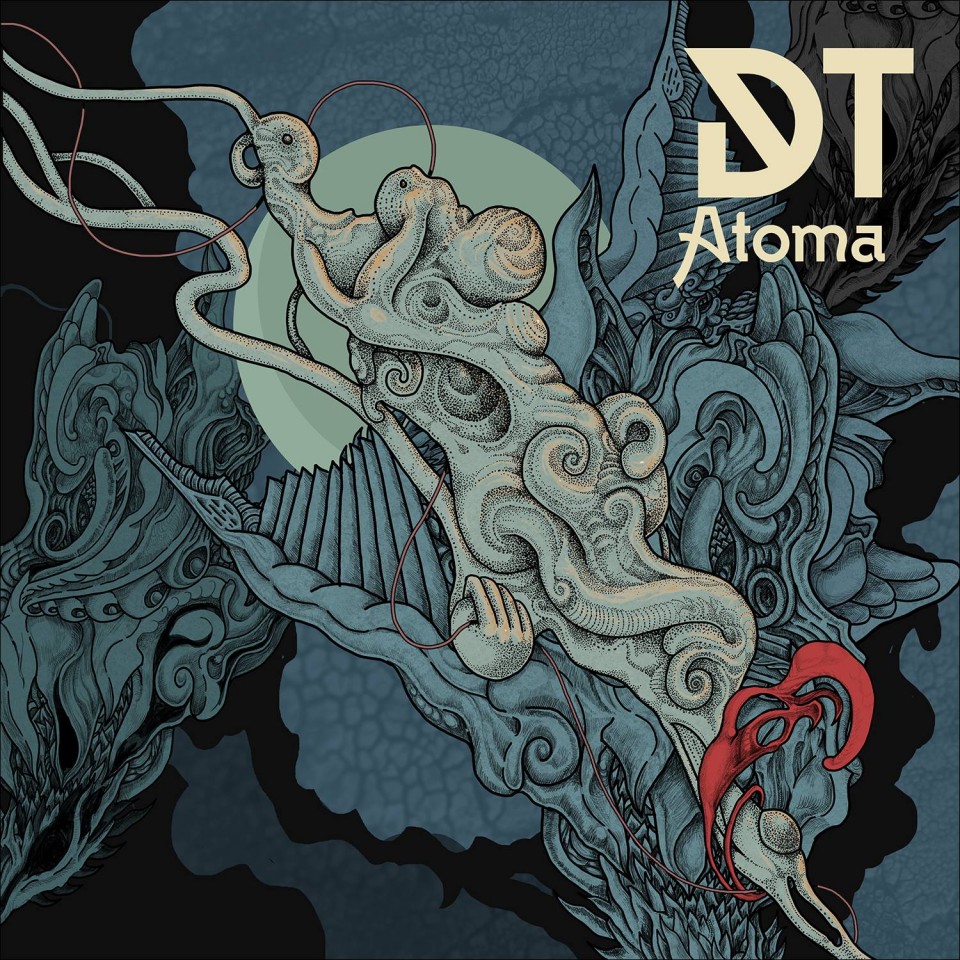
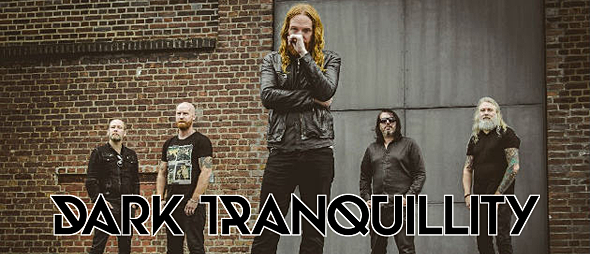
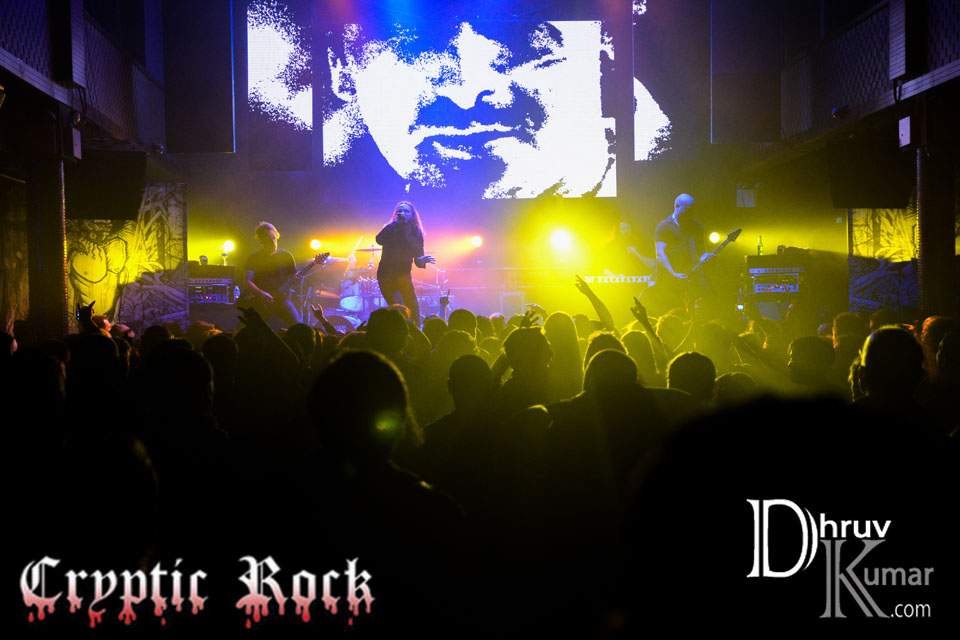
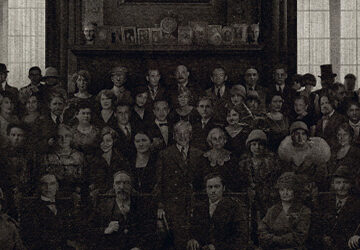
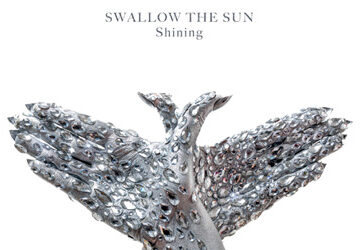


No comment